Suicide Squad review: Messy & controversial but a good time nonetheless
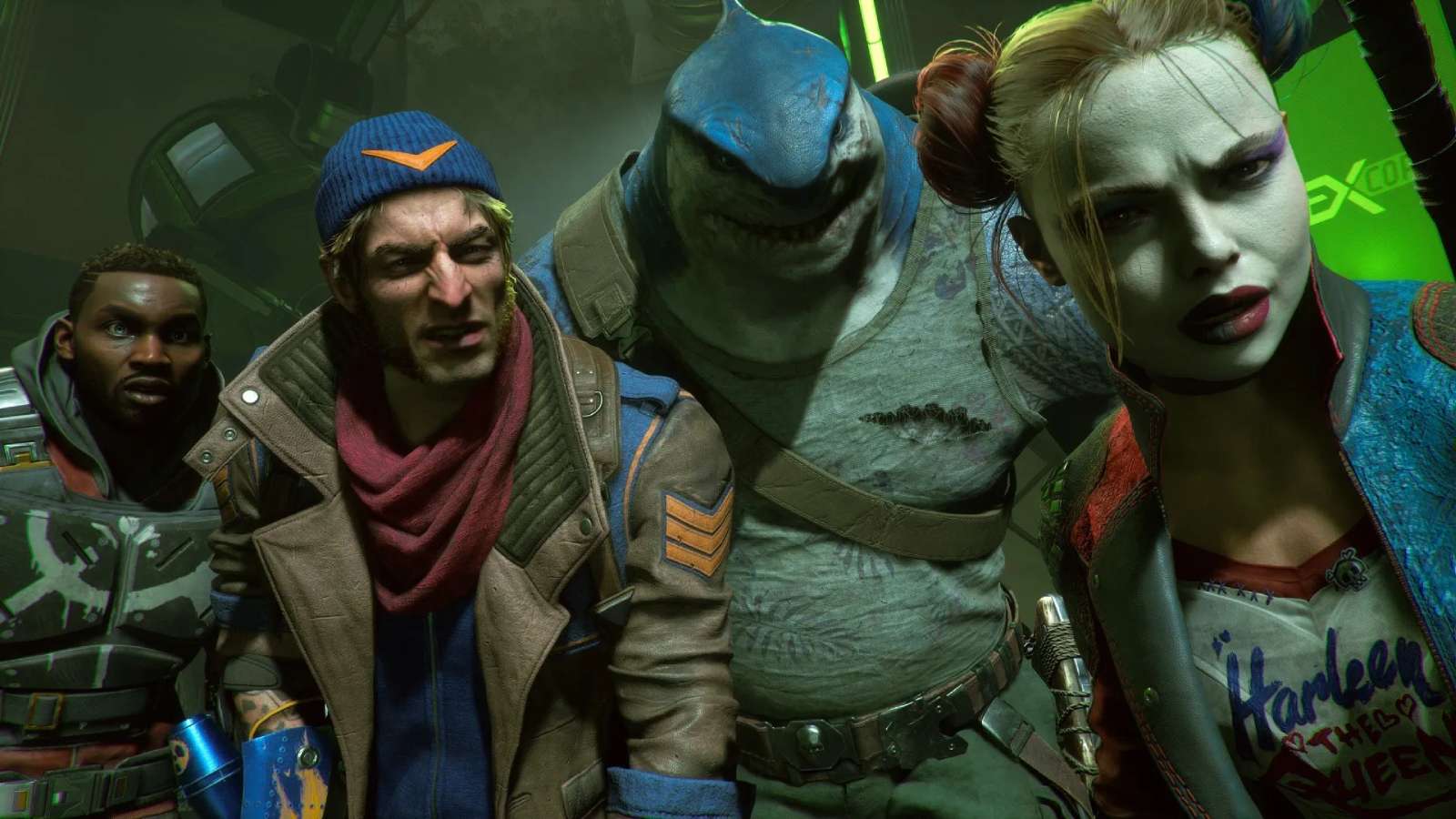 Rocksteady
RocksteadySuicide Squad: Kill the Justice League has been a long time coming and has drummed up a lot of controversies since its launch. However, is it worth the wait, or is it the fire some are claiming?
Back in 2015, with the release of Batman: Arkham Knight and the supposed conclusion of that trilogy, many wondered what was next for Rocksteady. The suggestions of a Superman game was ripe, but so were whispers of a Justice League game.
While Arkham Knight had a tumultuous launch, people were still excited about Rocksteady and what they could potentially do with further DC characters.
That’s why I think the basic premise of Suicide Squad: Kill the Justice League is actually quite brave and something we rarely see in AAA games. At a time when everyone wanted a Justice League game from them, Rocksteady subverted that expectation and decided to make a game where instead you kill them.
Instead of the safe bet, Rocksteady defied what was expected of them and decimated it. At some point, this game had a daring and rebellious pitch. Even rarer – they somehow managed to convince a publisher and brand to let them go ahead with it and kill their beloved characters.
That was nearly a decade ago though. What once were fresh ideas have become staler, and it’s likely the game has gone through a lot of changes to finally get out the door. What’s left has sparked a lot of conversation on both sides, be it vehement detractors or valiant defenders. But after finishing the title and engaging with the endgame, how is the game actually? It turns out, unsurprisingly, it lands somewhere in the middle.
Suicide Squad: Kill the Justice League – Key Details
- Price: £59.99 / $69.99 / €69.99
- Developer: Rocksteady
- Release Date: 2 February 2024
- Platforms: PlayStation 5, Xbox Series X|S, PC
If you click on a product link on this page we may earn a small affiliate commission.
It’s Harley terrible
Suicide Squad: Kill the Justice League has you inducted into the squad, as usually is the case, by Amanda Waller implanting bombs in the heads of some of the most ragtag villains in the DC universe. This forces them into servitude of doing good. In this case, it’s saving Metropolis from a Brainiac invasion that has infected the mind of the Justice League in a seemingly irreversible process that has turned them cartoonishly evil.
Before long, you are unleashed upon the alien-ridden city, able to play as Harley Quinn, Deadshot, King Shark, or Captain Boomerang (King Shark for life). You then systematically try to figure out how to kill the Justice League, member by member, in a fun but brisk 10-hour campaign.
There’s a lot to like about the story of Suicide Squad: Kill the Justice League. It’s an inventive use of the characters. Seeing the team go from disparate, untrusting bad guys convinced that they don’t have the power to kill the likes of Superman and Batman to a cohesive unit that learns to be effective associates is pretty delightful.
There is a general sense of fun as you progress through the game, that is matched by the characters going on that journey with you. There is a certain uneasiness that does eventually give way to the sense that mirrors the squad’s – “Hey, I’m actually enjoying this”.
It’s nothing that is going to change your life, but there are definite high points that elevate the story Rocksteady is telling. Sections where you are hunted by Batman, putting you in the shoes of all those crooks you beat up in the Arkham series is inspired, and Superman’s eventual introduction is a really special moment, really selling the awe of Superman (though that is short-lived). It’s interspersed with some crassness that doesn’t always work, but that feels par for the course for the whole Suicide Squad franchise.
That said, the boss fights really do undermine a lot of this story, but we will get to that.
Middle of the league
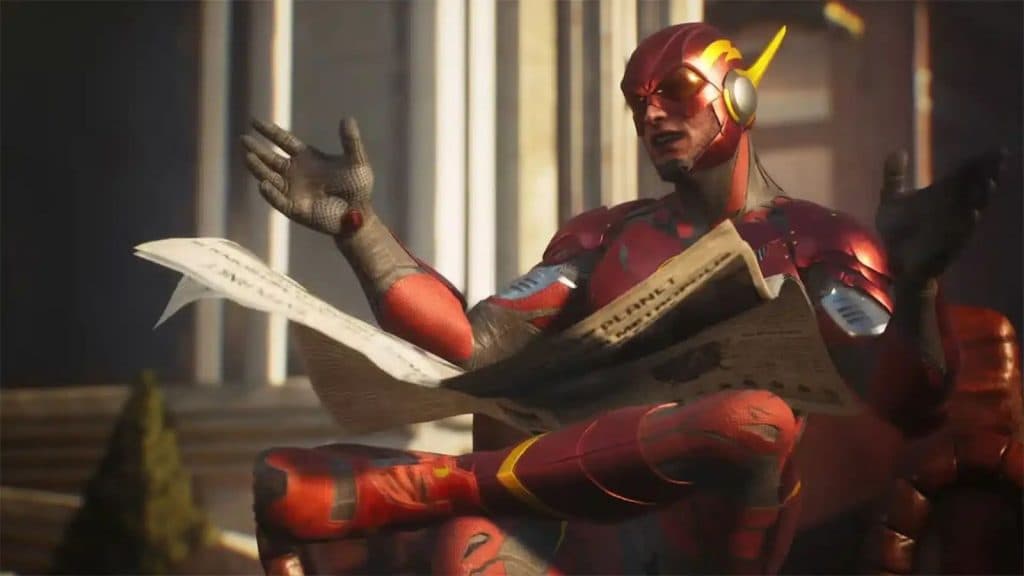 Rocksteady
RocksteadyThis campaign is tied together by the gameplay loop of the game, which is a mixed bag of repetitive action, but also supported by surprisingly robust systems. However, let’s dive into the messy first.
For the most part, you are going to be participating in a handful of similar mission types. There are a lot of defending points, escorting vehicles, and eliminating enemies, all from the rooftops of Metropolis. Hopefully, that structure doesn’t bore you to death either, as for the majority of the campaign’s missions, that’s what you are going to be doing. That extends into the endgame too. It can at times feel like you are doing a series of public events, strung together by cutscenes.
Your main mode of interaction is going to be shooting things. While certain characters have preferences, such as King Shark with a heavy machine gun and you do have access to AoE special abilities, all four of the anti-heroes are focused on shooting things a lot. You are encouraged to sprinkle in melees to apply status effects and break certain armors, but these can feel awkward.
There’s also not a lot of enemy variety with only one faction you will be fighting. Rocksteady attempts to remedy this later in the game by adding Flash or Batman-infused enemies. However this usually just makes the standard aliens more annoying by making them dash around or making them invisible rather than substantially changing the interaction you have with them.
Not helping things is one of the most cluttered UI designs in any game I’ve ever seen. With a mix of all the icons and the enormous numbers flying out of enemies as the camera swings around wildly – it can be headache-inducing. This is why I highly recommend messing around in the settings which thankfully lets you tailor what’s on screen. At the very least, turn off the damage numbers – the experience was much more palatable for me after that.
Wall to Waller
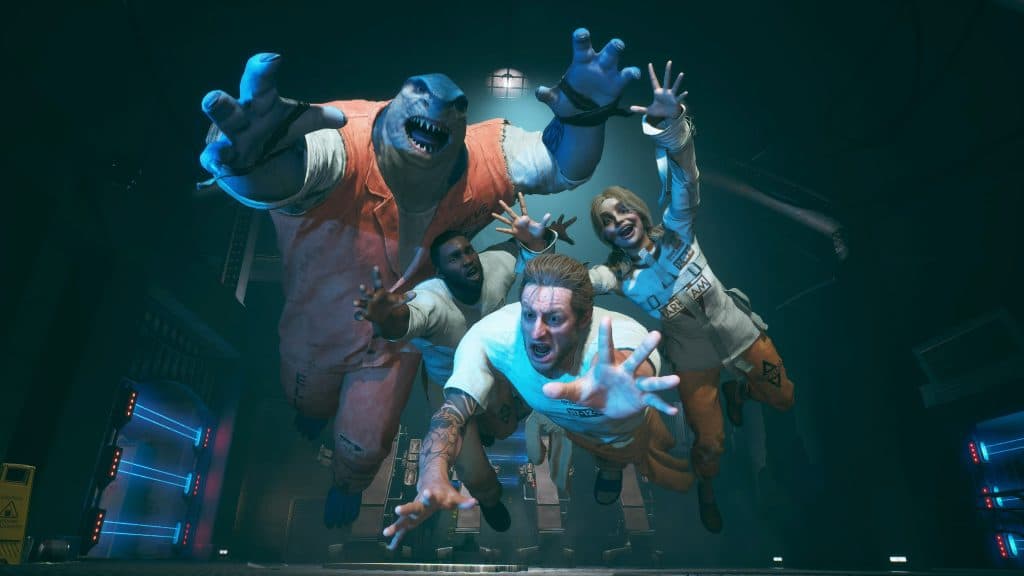 Rocksteady Studios
Rocksteady StudiosNow, let’s get to the good here in terms of the moment-to-moment gameplay. While every character basically ends up shooting things all the same, the main differentiator, which you can seamlessly switch between, is their mode of travel. King Shark can bound with massive leaps and air dashes, Harley swings off a Bat Glider Spider-Man-esque, Deadshot uses a jetpack a la Anthem, and Captain Boomerang teleports to his thrown boomerang.
This is what gives each character their identity. It’s clear Rocksteady wants the gunplay to be consistent between each character in order to let swap around as you like. However, so much of every battle is about moving around a combat arena that in the actual moment-to-moment, it feels very different depending on who you are playing with. This means you don’t have to completely learn a new kit for each character when you switch, but merely how they move around. For me, that was enough variation in how I interacted with the combat arenas. It mixes well with the gunplay, which while a little middling, does blend with the excellent traversal that makes for a unique cocktail.
Even though it is repetitive, even though the mission design is a little rudimentary, there is something eminently playable about Suicide Squad: Kill the Justice League. I did want to continue doing missions, and side missions just tearing through Metropolis with a big ol’ gun shooting aliens.
This is, of course, mixes with how the game supports multiplayer – which is actually very impressive. There’s a lot of numbers, enemies, and players flying around a shared world, and the game handles that chaos well, and it’s genuinely good fun playing with a couple of friends around Metropolis.
Fumbled justice
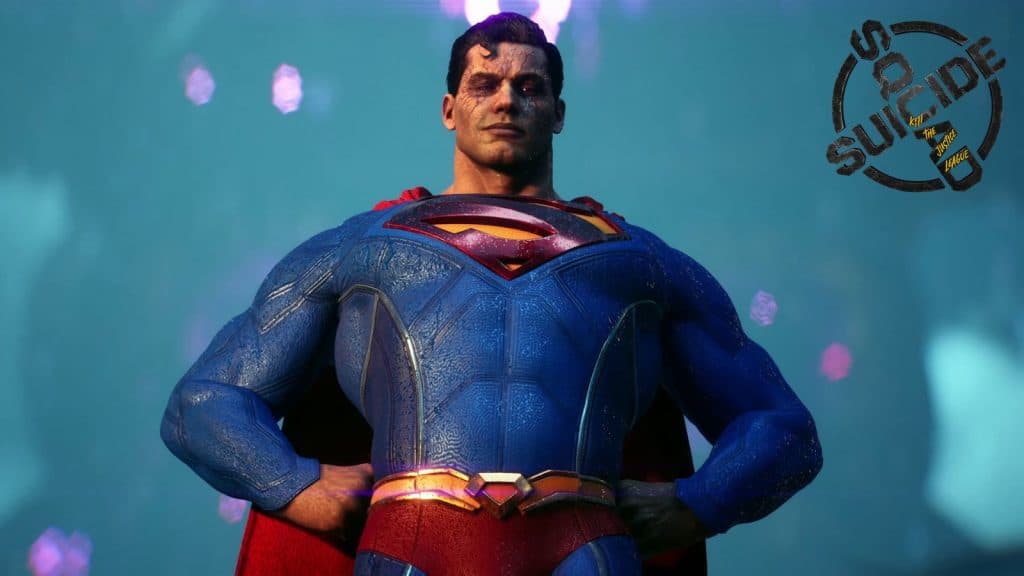 Rocksteady
RocksteadyUnfortunately one of the weakest aspects is arguably one of the most important. The title completely fumbles the boss fights for each member of the Justice League. These should be moments to showcase what these heroes can do – make each distinct and interesting with mechanics, story, and cutscenes.
That’s just not the case though. Instead, for the most part, you are thrown into an arena and you shoot at a boss for a bit and avoid attacks. Only Batman’s really feels distinct, but it still boils down to avoiding attacks and shooting a big gun.
This is especially egregious in the Superman fight where you shoot Superman (with special kryptonite bullets you see) for a while until he falls over. That’s not an exaggeration either. In the end, like most fights, the Kryptonian just keels over without ceremony. There’s no big cutscene after, it’s just onto the next one which is really counter to how the game had built him up previously. This is extenuated by his fight being the most annoying as he zips around the arena and is a pain to shoot for prolonged periods of time.
Only Batman really gets any sort of confrontational send-off, but these all scream like a missed opportunity that feels compromised by having to be able to facilitate four players in an arena shooting at a target. It’s a deep shame as these should have been the moments that we remembered, and been the showcases of a game with the tagline, kill the Justice League. Instead, they just kind of end with a shrug, which really is somewhat of a crime. Perhaps DC didn’t love the idea of making the deaths too brutal or dwelled on, but they feel really weak for what is meant to be the premise of the game.
No (Dead)shot
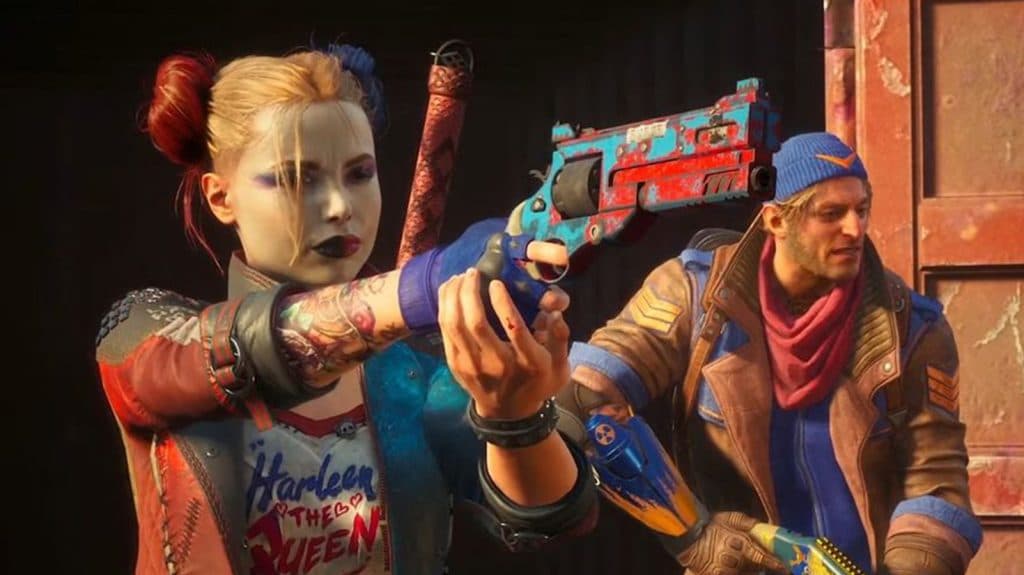 Rocksteady
RocksteadyThere is depth to be found here though, and why I see myself endeared to this. This is a good game in terms of it executing on the things it’s trying to, but one held back by some bizarre fundamental decisions.
However, the quality of that execution is at the forefront when it comes to systems in the game, and aspects of the endgame.
In terms of building out your character, there is a good amount of choice, allowing you to choose between if you’re more interested in causing more damage, taking more damage, applying statuses, or using melees, etc. A lot of this is also based around a combo system, encouraging you to keep your combos alive in order to get ridiculous stat buffs.
However, going along with this is the endgame chase of loot. While you will only be doing three missions on repeat, there are guns and add-ons to get. This is backed by getting a certain number of the same kind of item to get powerful set bonuses. Each season, a new set of ‘notorious’ weapons is released themed around a DC villain (currently there are three set bonuses around Bane at launch) giving you new set bonuses to chase.
There are also things like escalating difficulty you need to clear for you to test yourself against, as well as things like re-rolling stats and numbers to get things how you want. This is far more robust than most games like this at launch and does add a depth that means, if you do want to get lost in the chase for better loot, there’s a lot more time you can spend than the 10ish hours you get out of the campaign. Even if ultimately, it just make the number go up rather than change your play, it’s been a decent chase.
Luthor dare
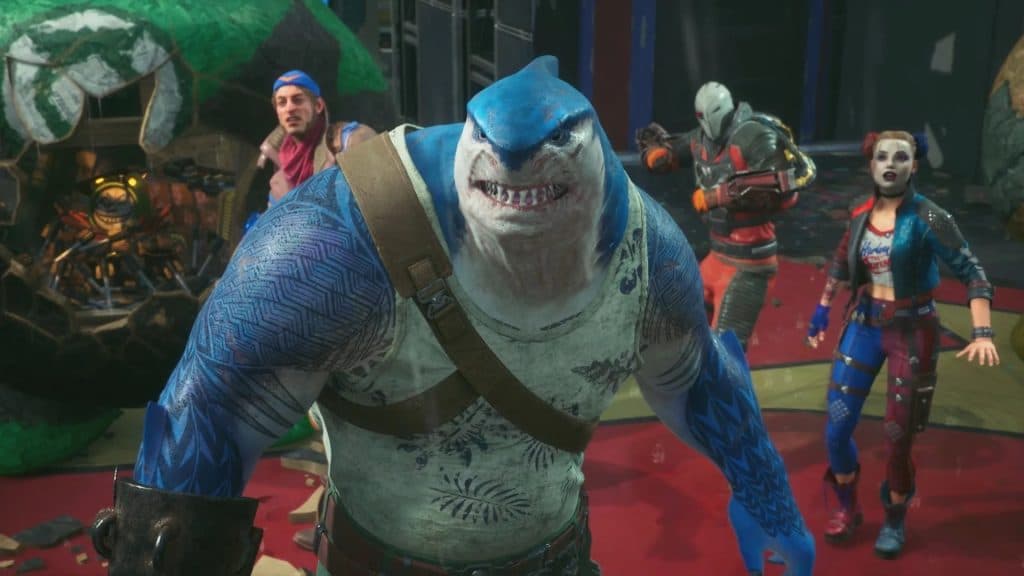 Rocksteady Games
Rocksteady GamesSeeing these l systems within the build and loot chase has ultimately left me with hope for the game’s future even if its launch hasn’t lit up the charts. There is something here being made by excellent game developers, alongside a promise of seasons with new story and characters that might be above what we might expect of this kind of live service game. Rocksteady is making a good version of the game they are trying to make.
That said, the game it’s trying to make is somewhat disjointed. I applaud their spirit to make a game like this and think they are onto something, but the one-note combat, handling of the Justice League, and some awkward massaging of live service and campaign together are rough. It’s impossible to deny something feels a little off about the release, and lots of that could well be down to compromises and the game gestating for so very long.
Verdict – 3/5
I’m rooting for Suicide Squad: Kill the Justice League though. There is enough here to suggest that Rocksteady has a grasp of what could make this game great. It will take effort and some big releases, but despite having an uneven experience overall, I’ve left relatively favorable. It has a rebellious spirit that makes it endearing. For all the noise around the game, from those fighting loudly in its corner and those trying to tear it apart, I’ve left with an unceremonious “Yeah, it’s pretty good” with a tinge of hope to boot. There is a world where the game has a future, and it’s a multiverse I’d like to live in.
Reviewed on PC